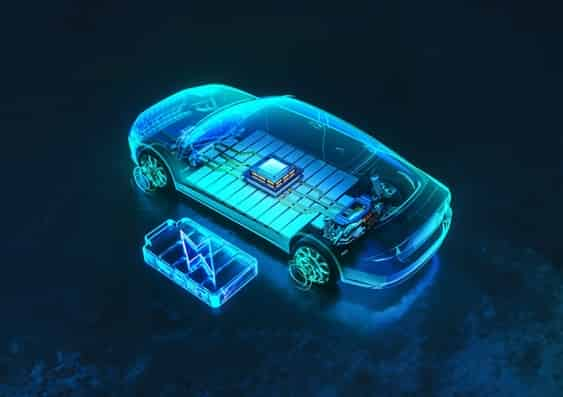

Deciphering the Complexity of Electric Vehicle Battery Fires: Causes and Challenges
With the growing acceptance of electric vehicles (EVs), it is crucial to delve into the causes and complexities of fires involving Electric Vehicle Battery . Electric vehicle batteries have unique properties that make fires dangerous and difficult to extinguish. In this comprehensive article, we will explore the intricacies of EV battery fires, the components of these batteries, and the reasons behind their challenging nature.
The Anatomy of an Electric Vehicle Battery
An electric vehicle battery consists of several components, each playing a crucial role in its performance. The outermost layer is a robust metal shell designed to protect the inner components. Beneath this shell lie the actual battery cells and intricate cooling systems. Understanding the internal structure of an EV battery is essential to grasp why these fires are problematic to tackle.
The heart of an electric vehicle battery typically comprises lithium-ion cells, similar to the ones found in many portable electronic devices. However, unlike your smartphone or laptop, an EV battery contains a substantial number of these cells, often arranged in various configurations. The inner environment of an EV battery is something you’d want to avoid breaching, as it holds the key to the challenge of containing fires.
The Vulnerability of Lithium-Ion Cells
One critical aspect of lithium-ion cells is their reactivity to air and water. When punctured or damaged, the lithium within an EV battery can react violently with these elements, leading to ignition or failure. Fortunately, such incidents are rare, thanks to stringent safety measures implemented by manufacturers to prevent cell puncture.
Electric vehicle manufacturers, such as Tesla, prioritize safety and integrate multiple layers of protection to safeguard against cell puncture. These protective measures not only ensure the safety of vehicle occupants but also assist firefighting efforts in the event of a battery-related incident.
The Potential for Re-Ignition
The cellular structure of an EV battery is both a strength and a vulnerability. If one cell within the battery is punctured, it is likely to malfunction, either igniting or failing. This initial puncture can trigger a chain reaction, with neighboring cells being affected.
What makes these situations particularly challenging for firefighters is the uncertainty surrounding the severity of the incident. Once a chain reaction begins, it is difficult to predict how many cells will puncture and burn. Additionally, it is often challenging to determine when the risk has subsided. Slow leaks from damaged cells can lead to flare-ups hours or even days after the initial incident, complicating the firefighting process.
In essence, it’s not a matter of electric vehicle batteries spontaneously reigniting after a fire has been extinguished. Instead, it’s the gradual and unpredictable nature of cell ruptures and subsequent burns that poses the most significant danger. Firefighters must contend with the uncertainty of when a fire is truly out and whether it might rekindle.
Conclusion: Understanding the Risks of EV Battery Fires
In conclusion, while fires involving electric vehicle batteries are not common occurrences, they are not entirely immune to the risk of combustion. The unique properties of lithium-ion cells within these batteries, when punctured or damaged, can lead to complex and unpredictable fire scenarios. The slow-burning nature of these fires, coupled with the potential for re-ignition, presents significant challenges for firefighters and first responders.
As the adoption of electric vehicles continues to rise, it is imperative that safety measures and protocols for handling EV battery fires are continually updated and refined. Awareness and preparedness are key in ensuring the safety of EV users and the effectiveness of emergency response efforts.
In your journey with an electric vehicle, always prioritize safety and adhere to recommended procedures to minimize the risk of battery-related incidents. While EVs offer numerous advantages, it is essential to remain informed and vigilant to fully enjoy the benefits of this transformative technology.
Add a comment Cancel reply
Categories
- Biography (4)
- Car Reviews (31)
- Car Tips (53)
- Classic Cars (45)
- Net Worth (12)
- Transportation (19)
Recent Posts
Related posts


Top 5 Reliable Car Dealerships in Lagos: Your Ultimate Guide

How to Buy a Tokunbo Car in Nigeria Without Getting Scammed








